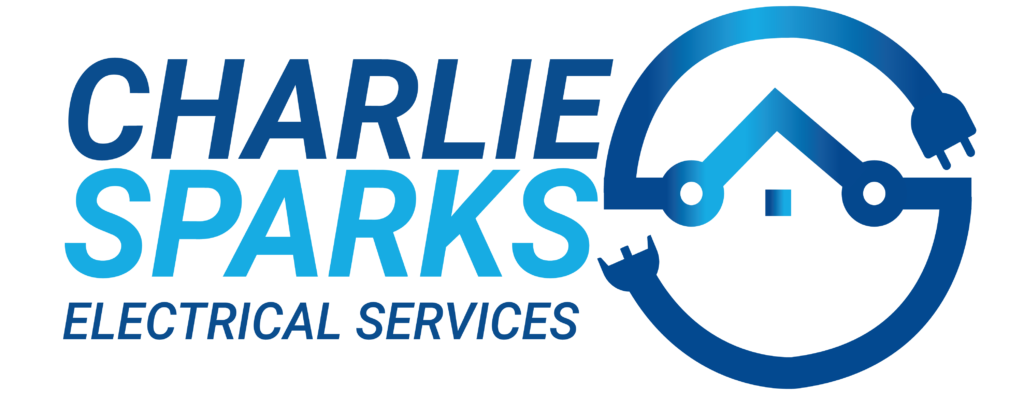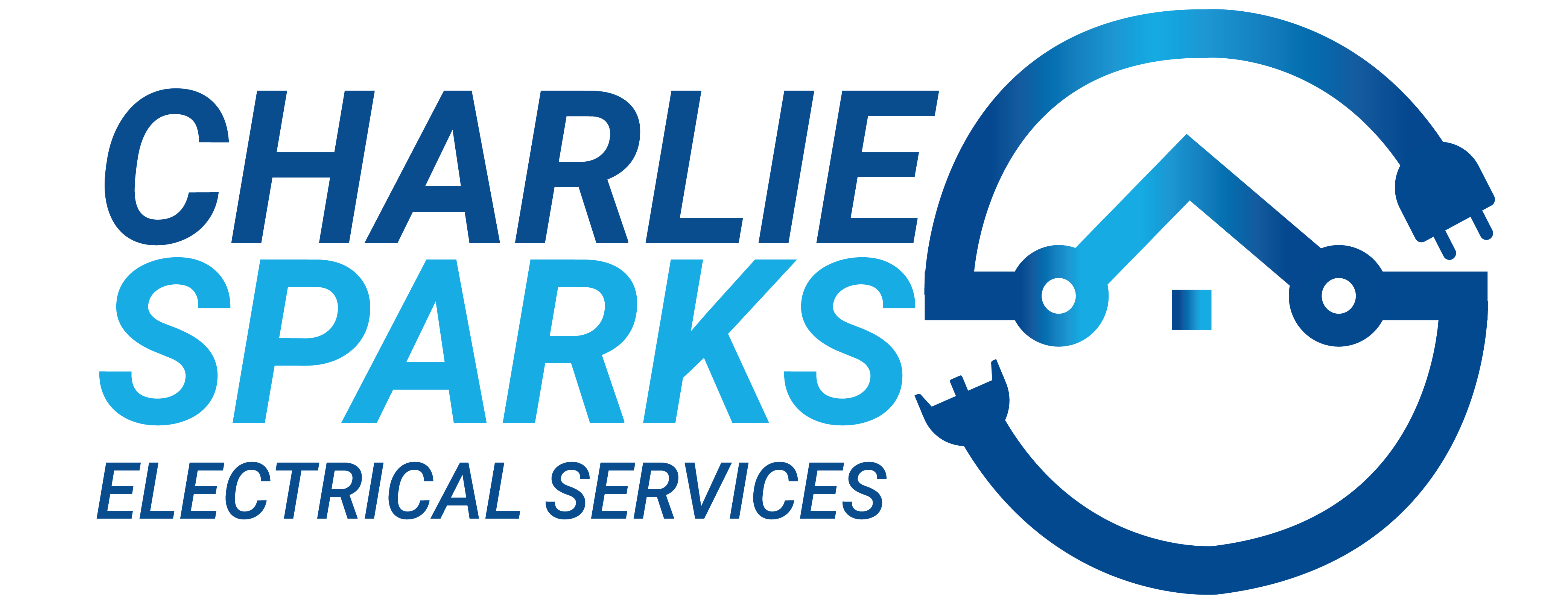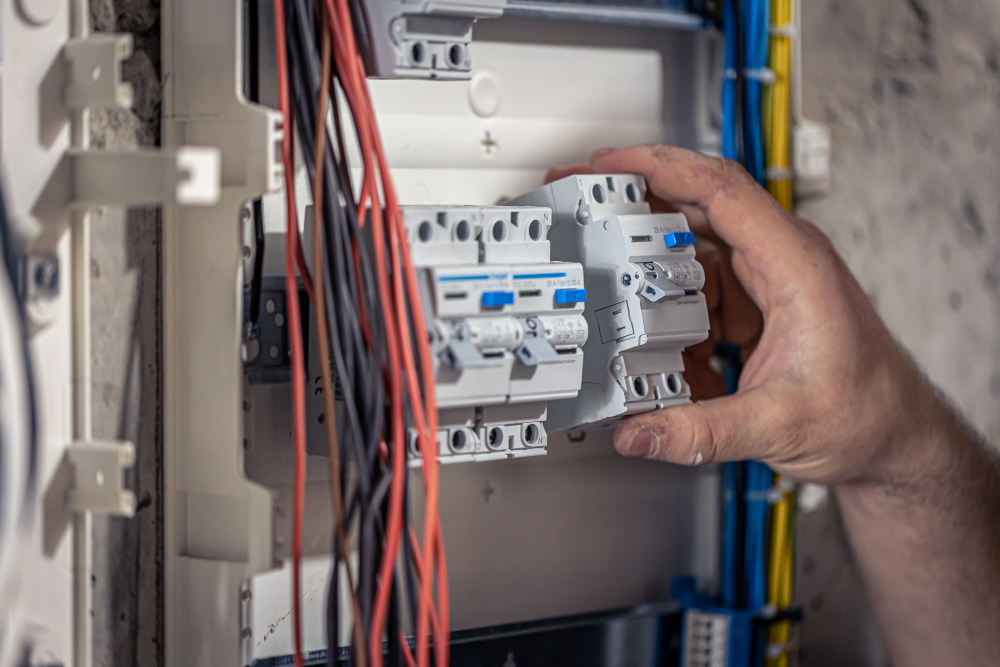Unsure If Your Home Or Office Requires A Switchboard Upgrade? Read This!
Perhaps, you are here as your technician, or home improvement specialist has recommended a switchboard upgrade. But why and when do experts recommend upgrading the box?
No worries, we at Charlie Sparks often interact with homeowners curious about the need for such an upgrade.
First, let’s brush up on some basics.
A modern switchboard consists of a circuit breaker, residual current devices (RCDs), a surge protector, an arc fault protection unit, an earth electrode connection, and the main switch.
It is a plastic or metal box. The main power line from the outside is connected to the switchboard. The unit further distributes the electricity to various electrical power outlets in the house. Yes, this box is where all the wires from multiple points inside the property come together.
Where are these units fitted?
Usually, it is a small box attached to the wall inside the apartment. However, in an independent house, it can be in the basement or at a central position in the hallway.
Now, Let’s Focus On The Most Reported Scenarios:
1. Installing A New Appliance
Most electrical hazards are caused due to the combination of modern appliances and old wiring with obsolete switchboards.
Electricians test the property’s switchboard capacity when installing a new appliance or device. Licensed technicians use certified equipment for the same. All the tests are performed per AS/NZ 3760:2010.
Simply put, a switchboard change is highly recommended whenever you install a new appliance that consumes considerable power.
2. Circuit Breakers Trip Very Often
Circuit breakers are a crucial part of switchboards.
Every circuit breaker has a capacity and trips whenever the electricity exceeds the same. No doubt, it reduces the risk of an electrical fire. However, constantly tripping circuit breakers indicate possible problems like ground fault, a short circuit, or high demand for current from certain appliances.
An experienced electrician will find the reason behind the more significant electrical load.
Several homes in Sydney still have obsolete switchboards with old fuses and circuit breakers. So, during an inspection, your electrician might also recommend a switchboard upgrade.
3. You Plan To Opt For 3-Phase Switchboard
Modern air conditioning units, Level 2 or 3 EV chargers, and even some household appliances require 3-phase systems. And this is where a 3-phase switchboard enters the picture to handle greater electrical demands.
A local Level 2 electrician in Sydney, like those from Charlie Sparks, can help you upgrade the switchboard. These units have four wires. Yes, you guessed it right, three active and one neutral.
Your technician will also get a new 3-phase power connection from the grid if required.
4. Asbestos Switchboards
Asbestos is a banned material currently. However, there was a time when experts appreciated it due to its fire-resistant properties. For example, switchboards and internal components installed during the 1980s were made from the same material.
If your switchboard is made from asbestos, you need a certified electrician who is also a licensed asbestos removalist. The specialist will carefully remove all the asbestos materials along with the switchboard. Then, start the upgrade for installing a modern switchboard in Sydney.
5. Older Style Ceramic Fuses
Most ceramic fuses installed during the 80s and 90s have passed their usable life. Yet, they are still present in some legacy switchboards. Such fuses consist of metallic wire thread and offer essential protection against overload.
These fuses still manage to trip the power in case of overload or a short circuit. But greater power consumption demands have made these units obsolete. Thus, they can trip even due to minor changes in power consumption.
Do these fuses cause serious problems? Yes indeed. These units can cause a fire in the switchboard, voltage fluctuations, and even appliance failure.
Electricians at Charlie Sparks often attend electrical emergencies arising from ceramic fuse failure.
Ceramic fuses are a part of almost every older switchboard. These devices have anywhere between two to eight fuses.
Is there a need to replace older switchboards and ceramic or porcelain fuses? Yes, of course, as these are not compliant with Australian Standards (AS3000).
6. Existing Switchboard Lacks RCDs
You certainly won’t wish to continue with zero protection against electric shocks, would you?
RCDs offer superb protection as they cut the power supply if there is a fault in the current flow.
You might wonder, what causes the RCD to trip? It disconnects the power supply when it detects a circuit overload or a short circuit. But, most importantly, it stops the flow when electricity passes through a conductive surface to reach the ground (ground fault).
According to regulations, RCDs (residual current devices) must be part of light circuits and power circuits. And yes, new switchboards consist of multiple RCDs.
As it cuts power within 0.03 seconds, the device helps prevent severe injuries or electrocution. Unfortunately, switchboards installed before the introduction of the 1991 regulation do not have RCDs. And it goes without saying; that homeowners should upgrade these old boxes asap.
7. You Wish To Add New Power Outlets
Yes, regulations make it mandatory for property owners to upgrade the switchboard before adding new power outlets.
You certainly want the job done in compliance with AS NZS 3000 wiring rules. Therefore, getting in touch with a qualified electrician is vital if you plan to add new power outlets.
8. Electrical Defect Notice
These notices are sent if technicians find defective wires, outdated electrical installations, or recent alterations in wiring that do not comply with safety standards. Such warnings are also issued if trees are too close to wires on your real estate.
No worries, the document contains detailed observations. Besides, you can always seek help from licensed electricians and get things sorted.
But remember, you need to book an appointment and let an electrician solve the issue.




